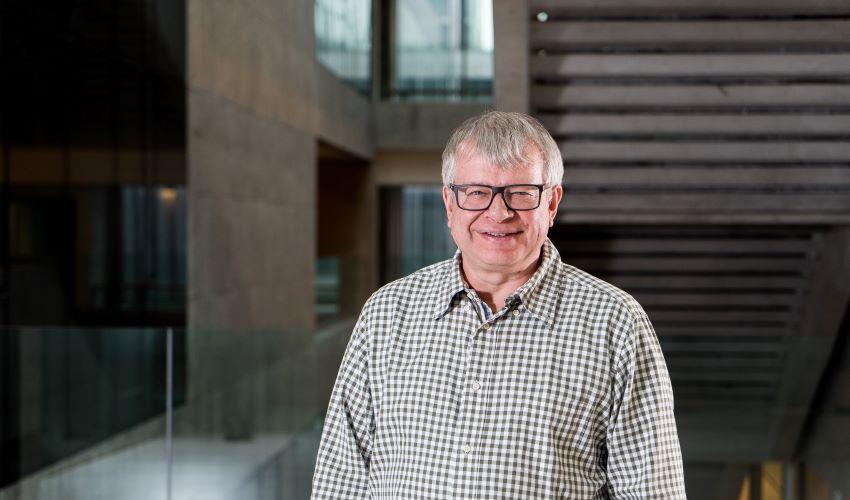
People Technology: how they determine the value of a company
WHILE INVESTMENTS IN SOFTWARE AND SKILLED LABOR SHIFT A COMPANY'S PRODUCTION FRONTIER, INVESTMENTS IN HARDWARE DETERMINE TECHNICAL EFFICIENCY AND ARE NOT ENTERPRISESPECIFICby Torben Pedersen, full professor at Department of management technology
Many studies have examined the influence of investments in IT and skilled labor on firm performance. These effects can occur through two distinct channels—the production frontier and technical efficiency. The production function expresses the relationship between the quantity of output and the different quantities of inputs used in the production process. It depends on the state of technology; such that adopting new technologies may shift the frontier upwards due to transformations in the production process that allow for a greater or similar output to be produced with fewer inputs. We denote this channel as the production frontier. In contrast, technical efficiency refers to the ability of firms to produce maximal output from a given set of inputs. For example, if a robot is used as a substitute for humans but process is not changed, we have a case of changes in the production frontier. However, if the robot collaborates with humans (i.e., “cobots”) and, thereby, alters the process, then the task is conducted more efficiently by using the mutual strengths of the robot and the humans, which affects technical efficiency.
This distinction leads to a central question: Do IT investments and skilled labor mainly act as input factors (i.e., the effect occurs through the production frontier), or as enablers of more efficient utilization of the existing input factors (i.e., the effect occurs through improved technical efficiency)?
Our results show that hardware is a more general-purpose technology that works best in combination with other input factors, like skilled labor. Investments in hardware, such as improvements in the platform or the infrastructure, may create opportunities to change the way things are done as well as the company’s internal organization. Such changes eventually increase firm efficiency. We have illustrated this using a stylized firm in which the digitalization of machines triggers many other changes in the firm, like more efficient supervision of machines and at a distance, or the building of a digital twin of the production process in which everything can be traced and optimized. As such, hardware seems to mainly act as a catalyzer that increases the efficiency of other input factors in the firm and, thereby, affects firms’ value added.
As such, the path from investments in hardware to firms’ value added differs from the path from investments in software and skilled labor to firms’ value added. Investments in software and skilled labor take the high road and raise the production frontier, while investments in hardware take a more scenic path along which they interact with the surroundings and improve efficiency. We argue that the reason for this difference in how the effects of the investments are channeled is that hardware involves more standardized and multi-purpose assets (i.e., computers or robots are not developed for individual firms), while firm-specific aspects are found in the software skills of employees and are closer to the application level. Skilled labor has experience and capabilities that are more firm specific in the sense that their value is higher in a specific firm context.
To some extent, this is also the case for software investments that are more firm specific and application oriented. In other words, investments in hardware might be equally useful in another firm, as hardware can relatively easily be reprogrammed and dedicated to other uses, while investments in skilled labor and software will be unique for a particular firm to a greater extent.
